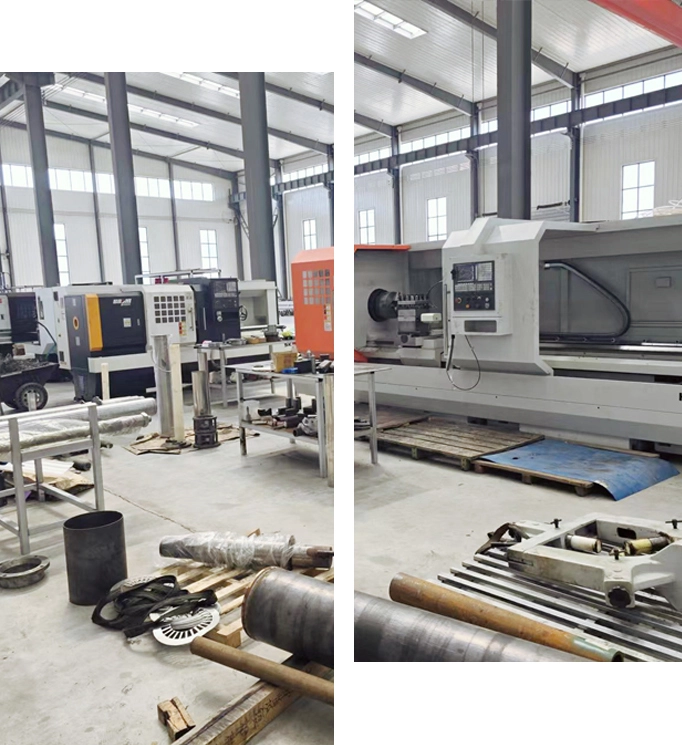Nov . 08, 2024 22:19 Back to list
submersible pump float
Understanding Submersible Pump Floats Functionality and Applications
Submersible pumps are an essential component in various industries, particularly in waste management, agriculture, and groundwater extraction. These pumps are designed to operate underwater, efficiently moving fluids from one location to another. However, the effectiveness of a submersible pump is often enhanced by the use of a float switch. This article delves into the functionality and applications of submersible pump floats, emphasizing their importance in ensuring efficient and reliable operations.
What is a Submersible Pump Float?
A submersible pump float, commonly referred to as a float switch, is a device used to control the operation of a submersible pump based on the water level in a tank or well. The float is typically attached to a switch that turns the pump on or off as the water rises or falls to certain predetermined levels. When the water reaches a specific height, the float rises, activating the switch and prompting the pump to start. Conversely, when the water level drops, the float descends, shutting off the pump. This automated control system is crucial for managing water levels effectively.
Types of Float Switches
Float switches come in various designs, each tailored for specific applications and environments. The two primary types are
1. Vertical Float Switches These are mounted vertically and operate based on the buoyancy of the float. As the water level changes, the float moves vertically, triggering the switch at designated levels.
2. Horizontal Float Switches Installed horizontally, these floats operate similarly but are often used in applications where vertical space is limited. They can be adjusted to activate at varying water levels.
Moreover, float switches can be configured with different operating mechanisms, such as mechanical switches, magnetic reed switches, or electronic sensors, enhancing their versatility and reliability.
Advantages of Using Float Switches
1. Automated Operations Float switches allow for automated control of pumps, reducing the need for manual intervention. This not only saves time but also minimizes the risk of human error, ensuring safer operations, especially in hazardous environments.
submersible pump float

2. Protection Against Overflows By controlling the pump based on water levels, float switches help prevent overflows, which can lead to property damage and costly repairs. They are particularly beneficial in residential sump pump applications and in industrial settings handling liquids.
3. Energy Efficiency With automated on/off controls, float switches optimize the operating cycles of pumps, leading to reduced energy consumption. This efficiency is especially important in large-scale operations where energy costs can be significant.
4. Durability and Reliability Many float switches are designed to withstand harsh conditions, making them suitable for various environments, including those with high temperatures, corrosive substances, or heavy-duty usage.
Applications of Submersible Pump Floats
Submersible pump floats are utilized in numerous applications, including but not limited to
- Sump Pumps Commonly found in basements or crawl spaces, sump pumps use float switches to manage accumulated water and prevent flooding.
- Wastewater Management In municipal and industrial wastewater treatment facilities, float switches monitor liquid levels in tanks, ensuring that processes run smoothly without overflows or dry running conditions.
- Agricultural Applications Farmers often use submersible pumps to irrigate fields. Float switches help maintain optimal water levels in reservoirs or tanks, promoting efficient water usage.
- Aquaculture and Fish Farming In fish farms, maintaining water quality is critical. Float switches help regulate water levels in tanks, contributing to a stable aquatic environment for fish health.
Conclusion
In summary, submersible pump floats serve as an integral part of modern fluid management systems. Their ability to automate pump operations, prevent overflows, and enhance energy efficiency makes them indispensable across various sectors. As technology continues to evolve, float switches are likely to see advancements, further improving their functionality and reliability. For anyone involved in fluid management, understanding and utilizing submersible pump floats can lead to significant operational benefits.
-
Submersible Water Pump: The Efficient 'Power Pioneer' of the Underwater World
NewsJul.01,2025
-
Submersible Pond Pump: The Hidden Guardian of Water Landscape Ecology
NewsJul.01,2025
-
Stainless Well Pump: A Reliable and Durable Pumping Main Force
NewsJul.01,2025
-
Stainless Steel Submersible Pump: An Efficient and Versatile Tool for Underwater Operations
NewsJul.01,2025
-
Deep Well Submersible Pump: An Efficient 'Sucker' of Groundwater Sources
NewsJul.01,2025
-
Deep Water Well Pump: An Efficient 'Sucker' of Groundwater Sources
NewsJul.01,2025
-
 Submersible Water Pump: The Efficient 'Power Pioneer' of the Underwater WorldIn the field of hydraulic equipment, the Submersible Water Pump has become the core equipment for underwater operations and water resource transportation due to its unique design and excellent performance.Detail
Submersible Water Pump: The Efficient 'Power Pioneer' of the Underwater WorldIn the field of hydraulic equipment, the Submersible Water Pump has become the core equipment for underwater operations and water resource transportation due to its unique design and excellent performance.Detail -
 Submersible Pond Pump: The Hidden Guardian of Water Landscape EcologyIn courtyard landscapes, ecological ponds, and even small-scale water conservancy projects, there is a silent yet indispensable equipment - the Submersible Pond Pump.Detail
Submersible Pond Pump: The Hidden Guardian of Water Landscape EcologyIn courtyard landscapes, ecological ponds, and even small-scale water conservancy projects, there is a silent yet indispensable equipment - the Submersible Pond Pump.Detail -
 Stainless Well Pump: A Reliable and Durable Pumping Main ForceIn the field of water resource transportation, Stainless Well Pump has become the core equipment for various pumping scenarios with its excellent performance and reliable quality.Detail
Stainless Well Pump: A Reliable and Durable Pumping Main ForceIn the field of water resource transportation, Stainless Well Pump has become the core equipment for various pumping scenarios with its excellent performance and reliable quality.Detail
